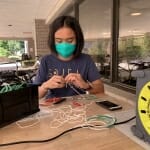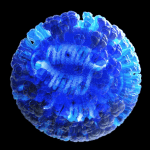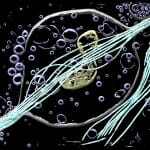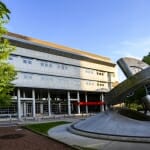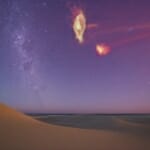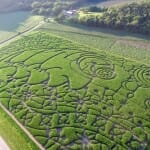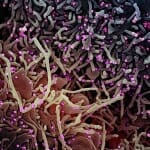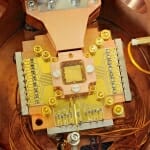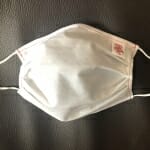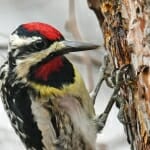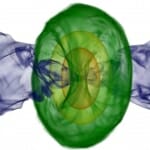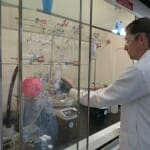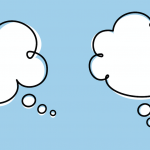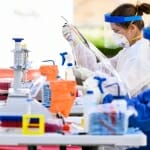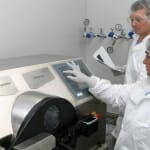Category Science & Technology
Fitter increases the benefits of wearing a mask during the COVID-19 pandemic
A team of UW–Madison engineers has developed a simple and inexpensive do-it-yourself fitter that ensures a tighter mask seal around the wearer’s nose, mouth and face.
New national imaging center has potential to transform medicine
The National Institutes of Health will provide $22.7 million over six years to create a national research and training hub at UW–Madison that will give scientists across the country access to this game-changing technology.
The Grainger Foundation pledges $32 million to UW–Madison College of Engineering
The funding is aimed at attracting a diverse pool of students and faculty leaders and to create the Grainger Dean of the College of Engineering endowment.
Research reveals an enormous planet quickly orbiting a tiny, dying star
While there have been hints of large planets orbiting close to white dwarfs in the past, the new findings are the clearest evidence yet that these bizarre pairings exist.
Meet the campus innovators launching successful companies in an unprecedented time
While the global pandemic has challenged business owners across many sectors, startup companies helped by UW–Madison's UW–Madison’s Discovery to Product program have managed to demonstrate resilience.
Massive halo finally explains stream of gas swirling around the Milky Way
Astronomers have solved a 50-year-old puzzle, discovering that the halo of warm gas surrounding the Magellanic Clouds likely acts as a protective cocoon.
Wisconsin corn maze features resilient tardigrade
Tardigrades, also known as water bears, look kind of like a cross between a bear and a caterpillar, are known for their incredible resilience. As such, they're the perfect organism for 2020.
UW–Madison and UW Health selected as sites to test new COVID-19 vaccine
They are among the first sites in the country to study whether an investigational vaccine developed by the pharmaceutical company AstraZeneca can prevent the disease.
UW experts design masks for campus from scratch
The masks were designed by the university’s experts in textiles, filtration and infectious disease, and manufactured by one of Wisconsin’s oldest companies.
When bomb tore through Sterling Hall 50 years ago, he was inside: ‘I still have flashbacks’
Bill Evans remembers feeling the building shudder, then seeing a wave of dirt and dust blow by a lab door. He immediately reported that something terrible had happened.
At University Hospital, damage and shock in aftermath of 1970 Sterling Hall bombing
The blast shattered most of the hospital's east-facing windows, including those in the intensive care unit. “Our assignment was to pick glass off of patients,” remembers a nursing student.
Chancellor, other top campus leaders to conduct Smart Restart YouTube events
A pair of Smart Restart updates, one focused on graduate students and the second for the full campus community, are set for Aug. 19 and Aug. 21. Panelists will include Chancellor Rebecca Blank and a group of vice chancellors and other officials.
Patients taking opioids produce antibodies that may hinder anti-opioid vaccine
The findings add to a growing understanding of how the immune system can recognize drugs and influence their effects in the body, which may ultimately support the production and delivery of a vaccine that reduces the harm of opioid abuse.
That little voice in your head — if you have it — may be aligning your thoughts
It’s evidence that the differences in visual and “audible” representations in the mind are connected to differences in the way we organize our thinking.
Simpler COVID-19 test could provide results in hours from saliva
Volunteers are being tested for the virus that causes COVID-19 by spitting in a vial, which may prove faster, cheaper and less complicated than other common tests, according to UW–Madison researchers.
Waisman Biomanufacturing partners with Heat Biologics to manufacture COVID-19 vaccine
The vaccine will target those most vulnerable to COVID-19 — namely, the elderly and those with health conditions that weaken their immune system. Phase 1 trials could begin in early 2021 and UW–Madison may be a trial site.

